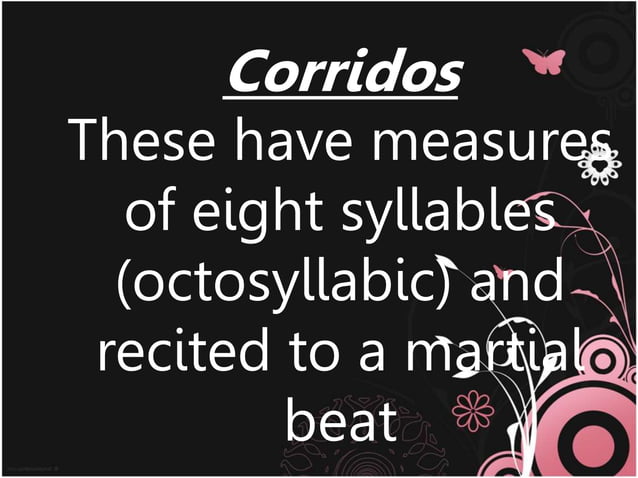

It offers a lot of scope for digression to the poet. (5) The epic contains a number of episodes. (4) The action of the epic is often controlled, or at least participated in, by supernatural agencies such as gods and demons. (3) The epic employs certain conventional poetic devices. (2) The theme of the poem is stated in the few lines, accompanied by a prayer to the Muse. The epic follows certain conventions: (1) It is divided into “books” or cantos, generally twelve in number. The whole of the Western literature has produced no more than half a dozen epics, real poem’s, in its course of nearly three thousand years. The world has produced just a handful of genuine epics.
#Types of lyric poetry full
The epic is generally in the form of a full length book. The ballad is much shorter in length and much smaller in scope. The epic is considerably longer than any other poetic form. As stated earlier, narrative poetry falls into two main groups (1) the epic and (2) the ballad. Since every narrative poem is a story in the verse forms it is comparatively longer than a lyrical poem or a lyric. We shall now dwell at some length on each of these two divisions of poetry along with their important sub-division. Narrative poetry is comparatively objective by its nature whereas lyrical poetry is generally subjective or personal. The Narrative poetry has some element of a story in it, while the lyrical poetry gives expression to a passing mood or a thought or some deeply felt emotion of the poet. The two broad divisions of poetry are the Narrative poetry and the Lyrical poetry. With a few significant exceptions, these have been borrowed and developed from the ancient Greek and Latin poetry.

The most prominent forms of poetry in the English language are the same as in most of the European languages. Other well-known odes include Percy Bysshe Shelley’s “ Ode to the West Wind,” Robert Creeley’s “ America,” Bernadette Mayer’s “ Ode on Periods,” and Robert Lowell’s “ Quaker Graveyard in Nantucket.There are basically two forms of poetry. For example, “ Ode on a Grecian Urn” by John Keats was written based on his experiments with the sonnet. The Irregular ode has employed all manner of formal possibilities, while often retaining the tone and thematic elements of the classical ode. Of heaven to their election in the vast breath,

The headstones yield their names to the element, An example is the Allen Tate poem “ Ode to the Confederate Dead,” excerpted here: Less formal, less ceremonious, and better suited to quiet reading than theatrical production, the Horatian ode typically uses a regular, recurrent stanza pattern. The Horatian ode, named for the Roman poet Horace, is generally more tranquil and contemplative than the Pindaric ode. The things which I have seen I now can see no more. There was a time when meadow, grove, and stream, The William Wordsworth poem “ Ode on Intimations of Immortality from Recollections of Early Childhood” is a very good example of an English language Pindaric ode. They contain a formal opening, or strophe, of complex metrical structure, followed by an antistrophe, which mirrors the opening, and an epode, the final closing section of a different length and composed with a different metrical structure. Pindaric odes were performed with a chorus and dancers, and often composed to celebrate athletic victories. The Pindaric is named for the ancient Greek poet Pindar, who is credited with innovating this choral ode form (as opposed to monodies, odes sung by individuals, which were written by Greek lyric poets Alcaeus and Sappho). There are three typical types of odes: the Pindaric, Horatian, and Irregular. The name comes from the Greek aeidein, meaning to sing or chant, and belongs to the long and varied tradition of lyric poetry.

The ode-originally accompanied by music and dance, and later reserved by the Romantic poets to convey their strongest sentiments-is a formal address to an event, a person, or a thing not present.


 0 kommentar(er)
0 kommentar(er)
